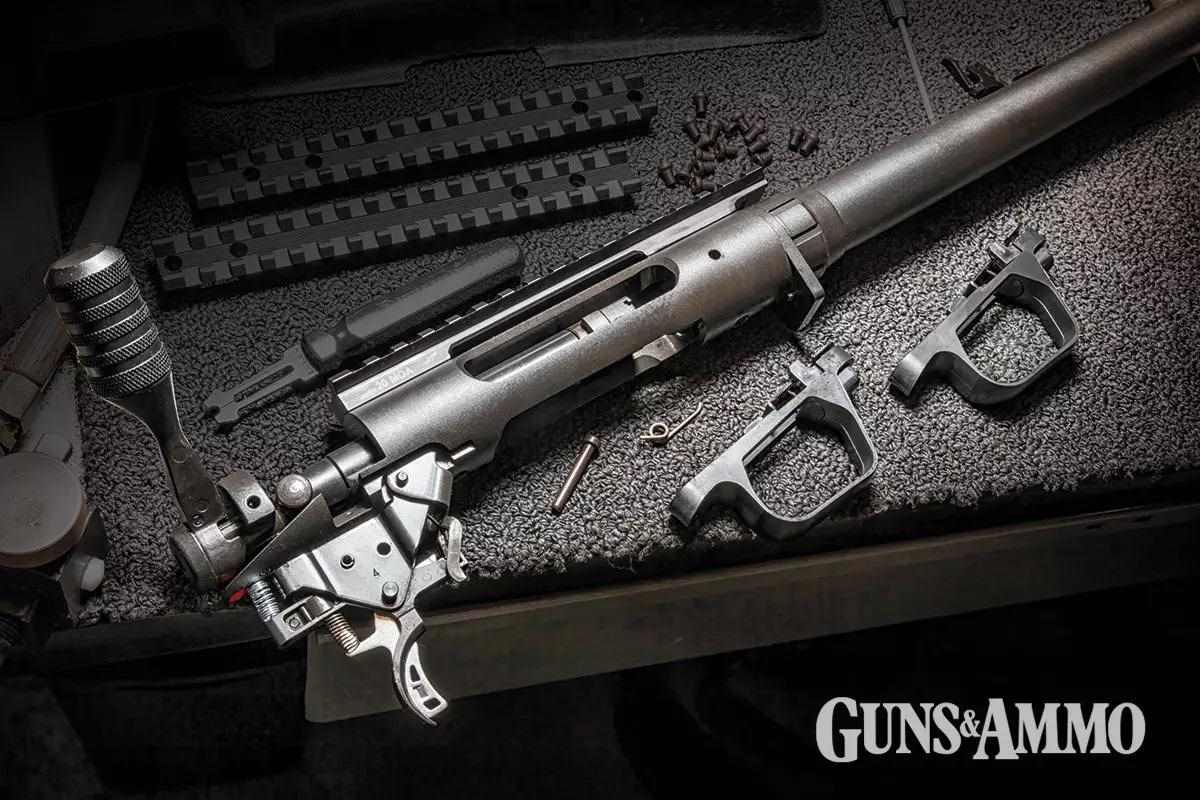It was 1958 and Dwight “Ike” Eisenhower was in his second term as president of the United States. Bobby Fischer, 14, became the U.S. chess champion. Pizza Hut was founded in Wichita, Kansas, and Private Elvis Presley was inducted into the U.S. Army. Robert E. “Pete” Petersen added Guns & Ammo to his growing publishing company, and Savage Arms of Westfield, Massachusetts, introduced a new bolt-action rifle: The Model 110.
Model designations are often confusing. Many denote the year of introduction, as seen in the Winchester 1894, while some appear meaningless. You can assume they held meaning for the manufacturer and were probably long-argued at conference tables.
The Savage Model 110 was named for its introductory suggested retail price: $109.95. It was a great price for a bolt-action centerfire in 1958. Yes, 65 years later prices have gone up a bit, but the Savage 110 remains one of the great bargains in the world of sporting rifles.
A Production Marathoner
The Savage 110 was designed by Nicholas L. Brewer. Four patents were assigned posthumously to him between 1961 and ’64. Initial chamberings were, naturally, .270 Winchester and .30-’06. A year later, a short-action version was introduced, chambered for .243 and .308 Winchester.
Advertisement
Of particular interest — at least to this southpaw scribe — the Savage 110 became the first production bolt-action to be offered in a mirror-image left-hand action (1959).

The Savage Model 110 has remained in production since 1958, which makes it America’s longest continuously produced bolt action, exceeding Winchester’s Model 70 (1936) due to breaks in its production. It also exceeded the Remington Model 700 (1962). That the 110 has remained — and still is — in production is almost a miracle.
It’s a matter of public record that, in 1988, when the Model 110 was turning 30, Savage Arms was in trouble. Savage was in bankruptcy and the situation looked hopeless. A new hero rode into town by the name of Ron Coburn. Originally from Northern Ireland, his leadership and determination saved Savage. Coburn served as CEO from 1988 to 2013.
Advertisement

As Coburn himself put it, “I took all the costs I could out of the company, and I went from 11 product lines down to one. I picked the Model 110 because it was the only one out of the 11 that was reasonably tooled. Fixtures and gauges were in place. All the other products were in dismal condition as far as the machinery, tooling and fixtures went.
“The other thing I liked about the Model 110 was that it had a terrific reputation for accuracy, something that I thought was understated. I knew that I could rebuild the business initially on price advantage alone for a little while, but what I really needed to do was emphasize the accuracy to make us stand out and advance our market position.”

Coburn pulled it off, focusing production solely on the 110. The great American brand founded by Arthur W. Savage in 1894 survived and prospered under Coburn’s 25-year leadership. In 2013, Coburn retired and Savage was acquired by ATK, now Vista Outdoor. Savage Arms remains headquartered in Westfield, and rollmarks on current 110s state “WESTFIELD, MA”, as they have since ’58.
Concept & Operation
Though it took a long time for Savage’s manufacturing challenges to become overwhelming, the signs had already been present. In 1958, Savage’s flagship was the Model 99 lever action. Some might argue that even then the popularity of the lever action was passing, but a larger problem was that the great Savage 99 was expensive and complicated to make and assemble, requiring a lot of hand-fitting and trial and error. The Model 110 was designed to be simple and economical for both manufacturers and consumers. From the start, smaller parts were stampings or investment-cast, and the 110 was designed to be easy to assemble into an accurate platform.
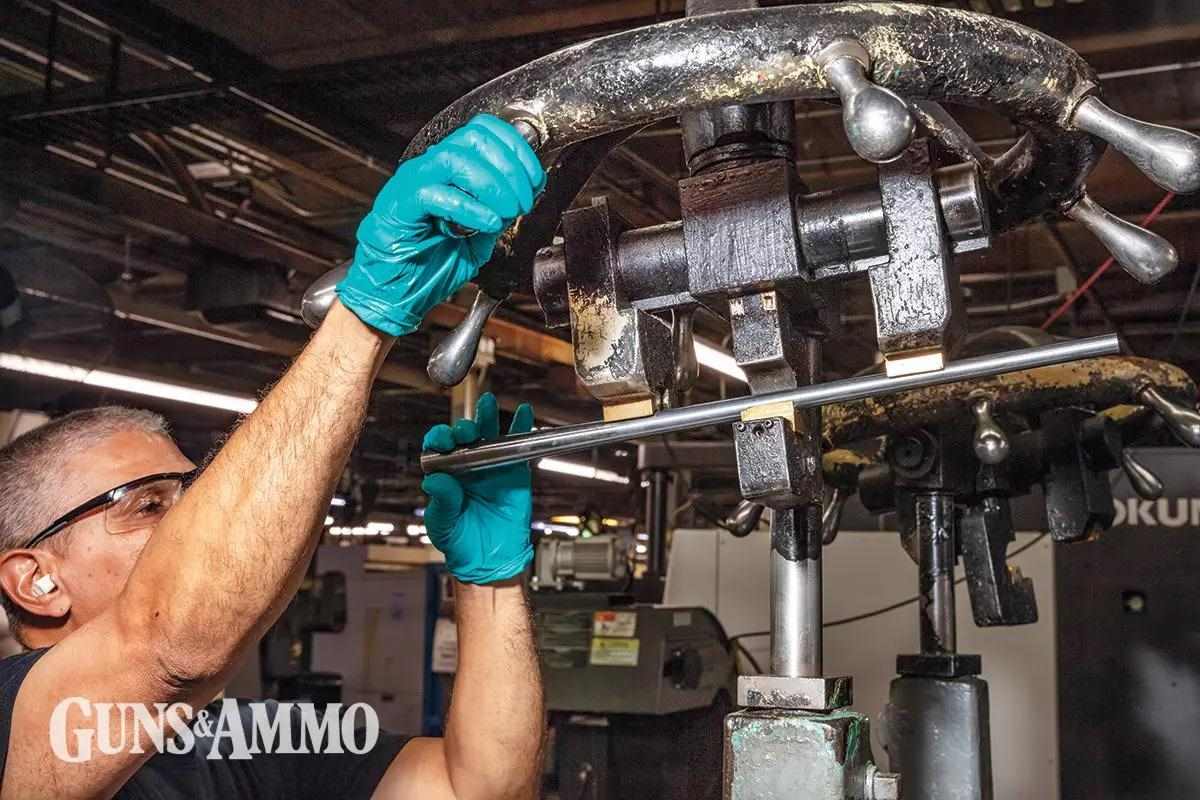
With its push-feed action, the rifle’s bolt looks like a Mauser clone with two dual-opposing locking lugs — but there are differences. Behind the locking lug is a rotating forward baffle, serving primarily as an anti-bind device. There is also a rotating rear baffle ahead of the bolt handle, functioning as a gas shield. Purists argue that these add up to a lot of parts, but the bolt is simple to make, and it works.
Since the forward bolt head is replaceable, the Savage Model 110 can be rebarreled and the bolt head exchanged for a bolt face of a different case-head diameter. The extractor is a broad hook on a locking lug.
From the beginning, the 110’s safety has been a three-position, tang-mounted sliding lever. Forward is “fire”, rear is “safe” with the bolt locked. There is also an intermediate position where the rifle is “on safe,” but with the bolt unlocked. The basics have never changed, but there have been significant updates these last 65-plus years.
Initially — as indicated on one of Brewer’s patents — the mechanical ejector was part of the internal box magazine. In 1966, this was changed to a spring-loaded ejector on the bolt face. This allowed the introduction of a detachable box magazine, which is now standard. For many years, there was also a hinged floorplate version. That same year, 1966, Savage introduced the rifle’s first adjustable trigger.
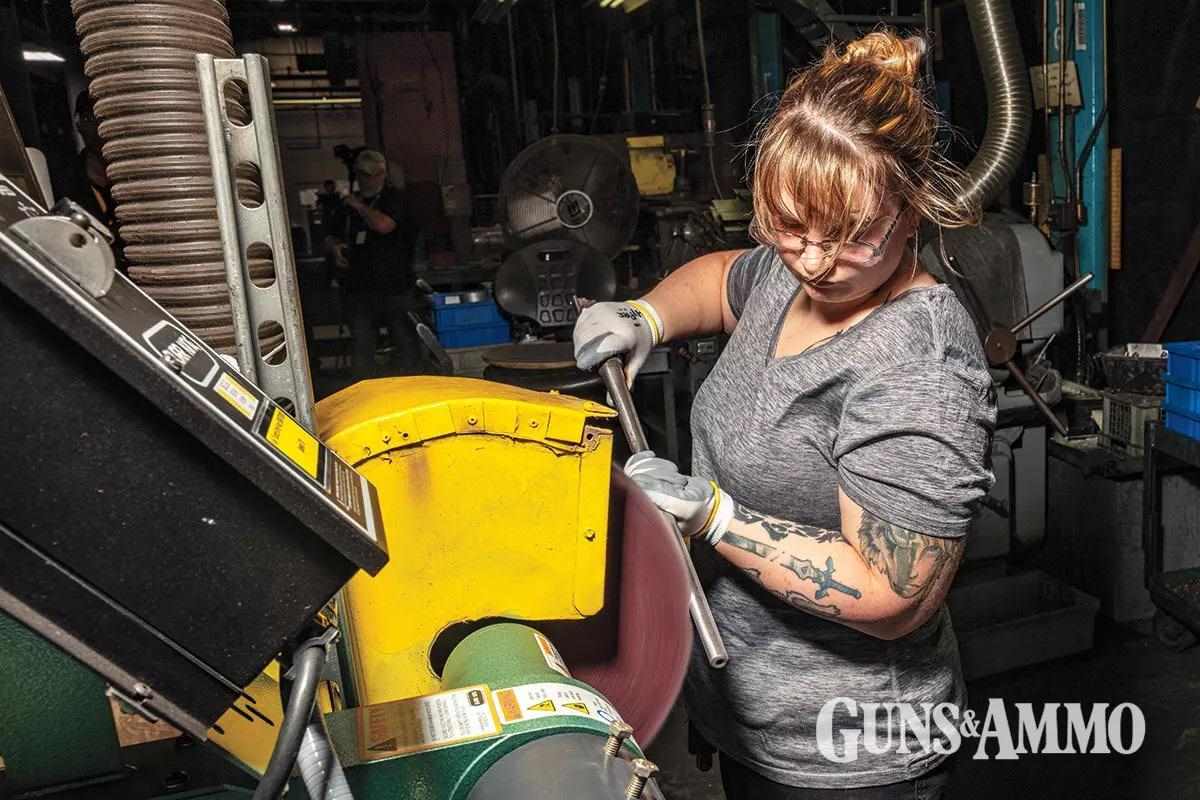
One of the more significant changes came in 2003 with the introduction of the AccuTrigger. The 2003 patent describes a “Trigger Assembly Having A Secondary Sear.” The AccuTrigger is easily adjustable. Its vertical “skeleton plate” in the center of the trigger serves as a secondary safety. The sear can’t drop, and the trigger squeeze doesn’t start until the plate is depressed flush with the trigger. The AccuTrigger has always been crisp and clean, and is simple to tune.
For many years, the bolt-release lever was on the side of the action ahead of the bolt handle. Today, the bolt release is in the forward bow of the triggerguard. To remove the bolt from the receiver, simultaneously press the lever rearward and depress the trigger. I find this easiest to do with the first two fingers of one hand.
Unlike most bolt-actions wherein the barrel is screwed into the receiver, the Savage Model 110 secures the barrel to the action with a large lock nut, visible just ahead of the forward receiver ring. It’s still done that way, but historically the lock nut was knurled and, well, that was not very attractive. Today, the lock-nut is smooth. In my view, that change greatly enhanced the lines of the rifle.
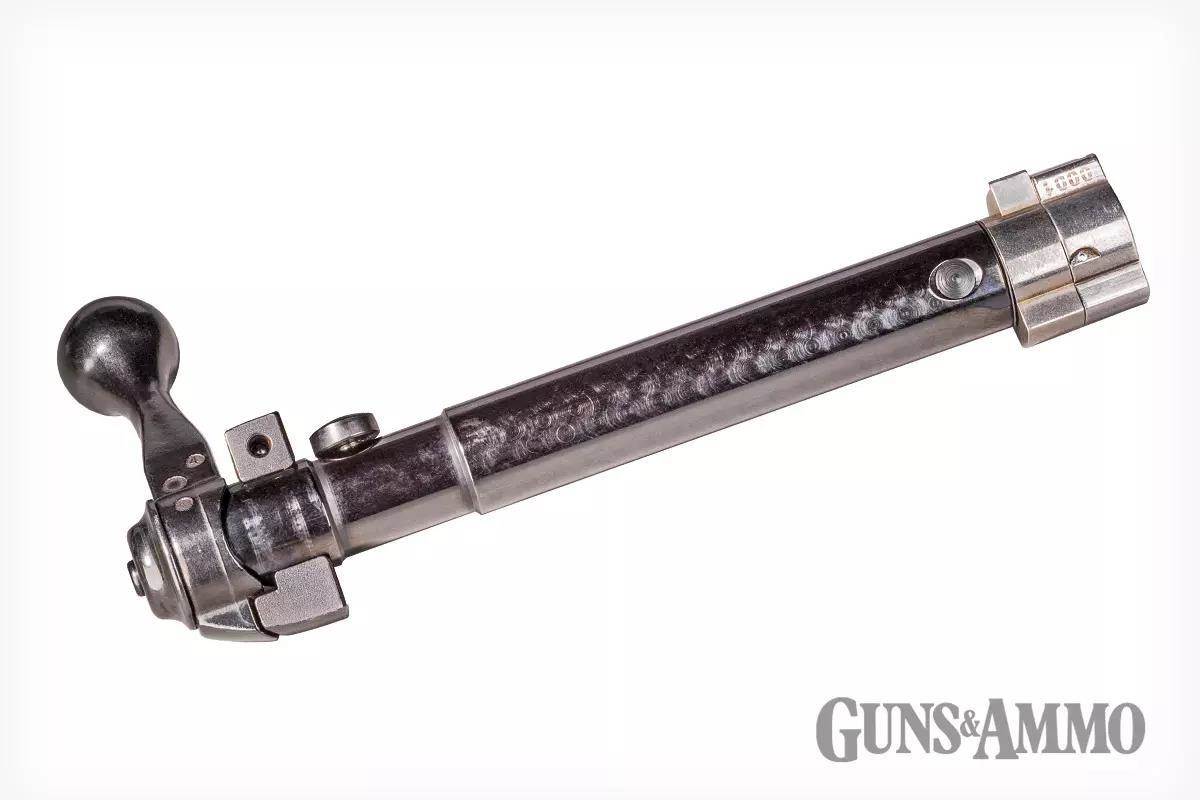
Many Variations
Seemingly endless (and somewhat confusing), the Savage 110 has been chambered in an array of cartridges from .204 Ruger to .338 Winchester Magnum, with some experimental rifles in .375 H&H and larger. Savage was early to the game with both stainless steel and synthetic stock models, and was a leader in offering “package” rifles that included mounted scopes. Now comes the confusing part.
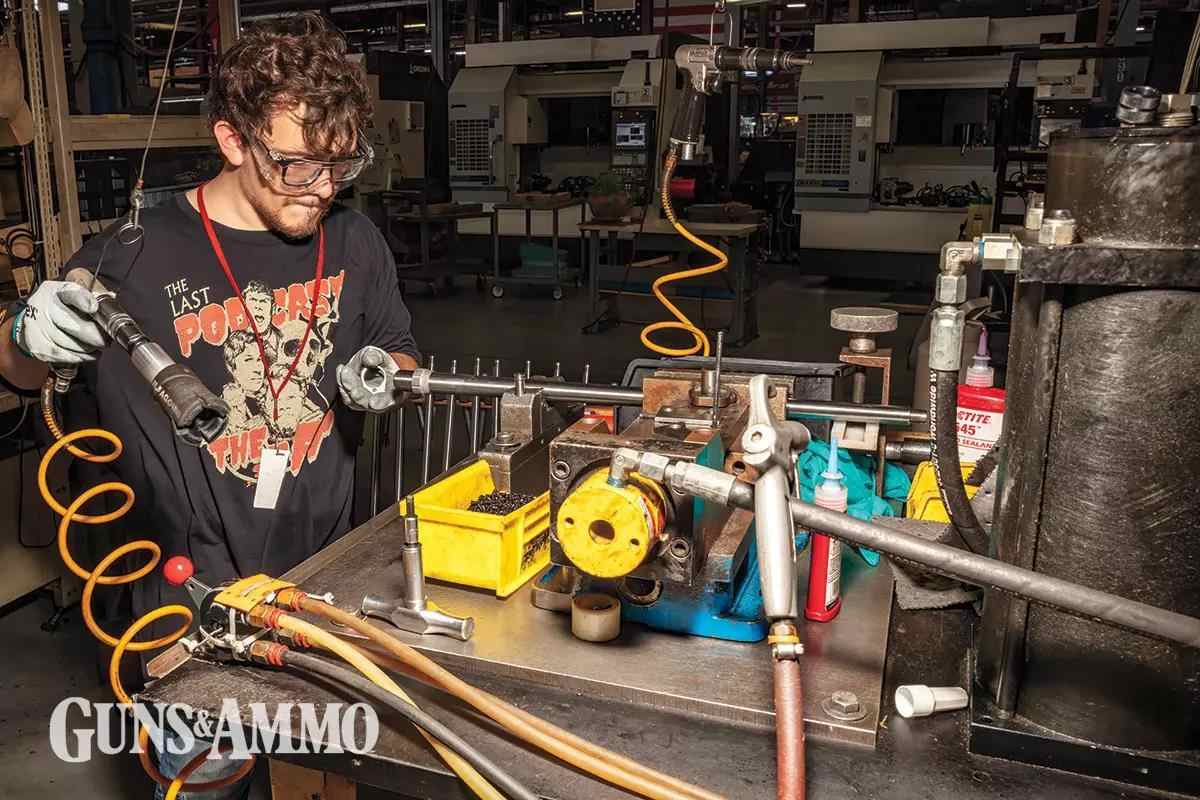
In 1998, Savage started a new numbering system. Variants became 111, 112, 114, 116 and more. The short actions became double digits, as in the Model 10, 11, 12, and so on. I am not a conspiracy theorist, but I wonder if this came from long-time Savage employees accustomed to the alphabet soup that the many Savage 99 variants had become. I won’t attempt to describe the differences in the numbers, but they are for action length, stainless, synthetic, barrel and more. Please accept that all are based around the Savage 110 action, however numbered.
Honestly, I couldn’t recall the numerical designations of some of the Savage 110s that I’ve owned and used, but I remember them well. My first Savage 110 was acquired in 1978. It was my first rifle chambered to 7mm Remington Magnum, and it was my first left-hand action rifle. Like most lefties, I grew up shooting right-handed bolt guns, reaching over the top to work the action. That Savage 110 changed my thinking and, truly, my life. Since then, all of my personal rifles have been left-hand actions. In those days, factory synthetic stocks didn’t exist, but that Savage 110, with an aftermarket Chet Brown stock, also became the first rifle I ever owned with a synthetic stock.

Some 110s that came through my hands were varmint rifles, others were standard hunting rifles in various calibers. I recall a Weather Warrior .30-’06 in stainless and synthetic. It was a package rifle with a scope mounted in Weaver-type rings and bases. Okay, it was an inexpensive scope, but the price was great.
We were filming an elk hunt for an episode of “Petersen’s Hunting Adventures.” It was a late-season hunt and extremely cold. I was thinking, “Do I really have to use that scope?” At the range, the rifle shot okay, but it didn’t like some of my favorite handloads. I tried this and that, and finally landed on Federal Premium with 180-grain Barnes bullets. Behold, it produced genuine quarter-inch groups out of the box. A few days later, I crept over a frozen ridge at minus-20 degrees Fahrenheit and pole-axed a nice bull on the edge of a big herd.
Part 2
Vista Outdoor sold Savage Arms in 2019 to investors, including employees, led by Al Kasper, who managed the company for decades and retired in 2023. Chris Bezzina is the current CEO. In Part 2, I’ll review new models, how the 110 is made, and how they get them so accurate.
Read the full article here


